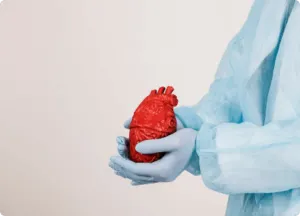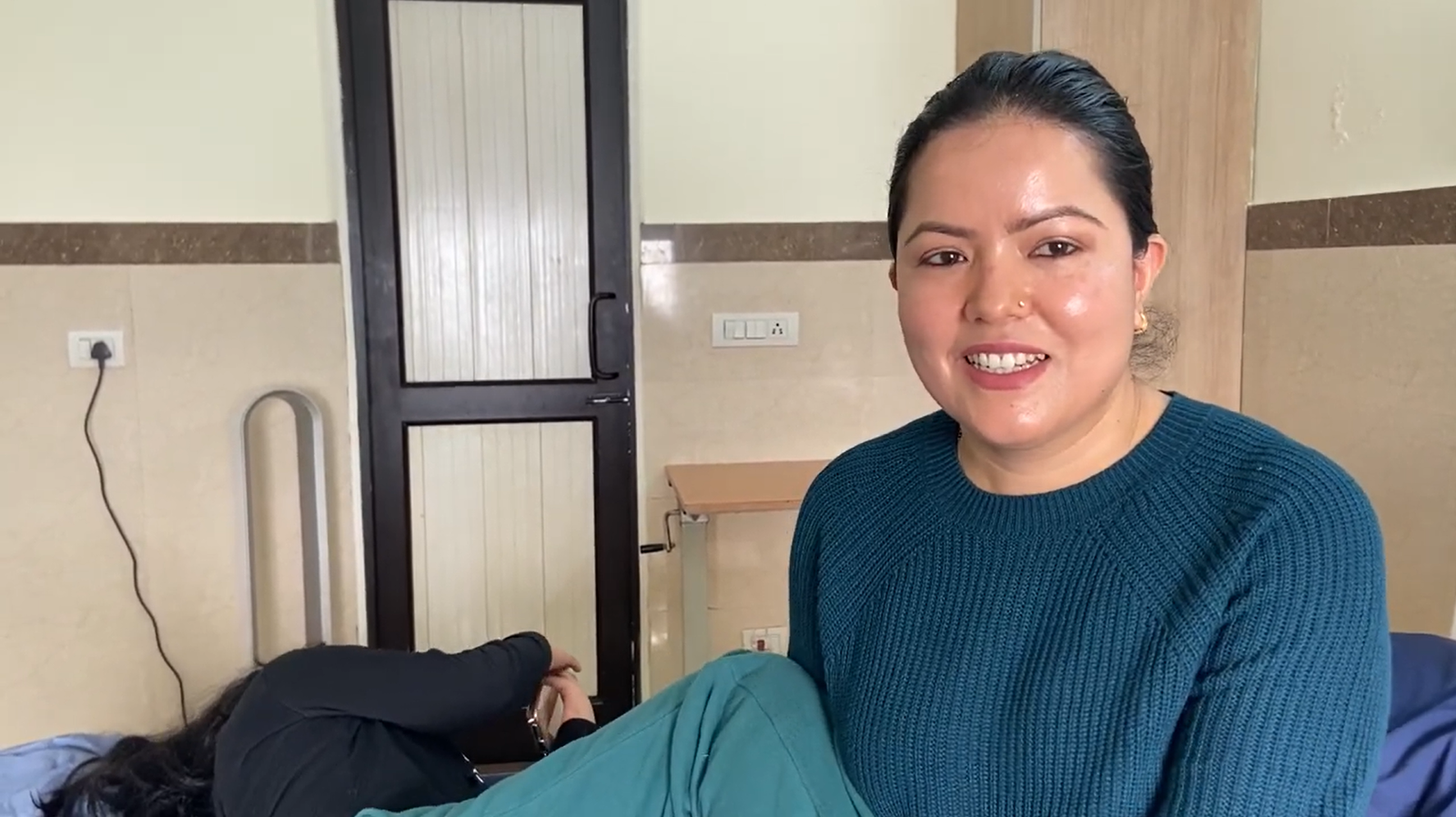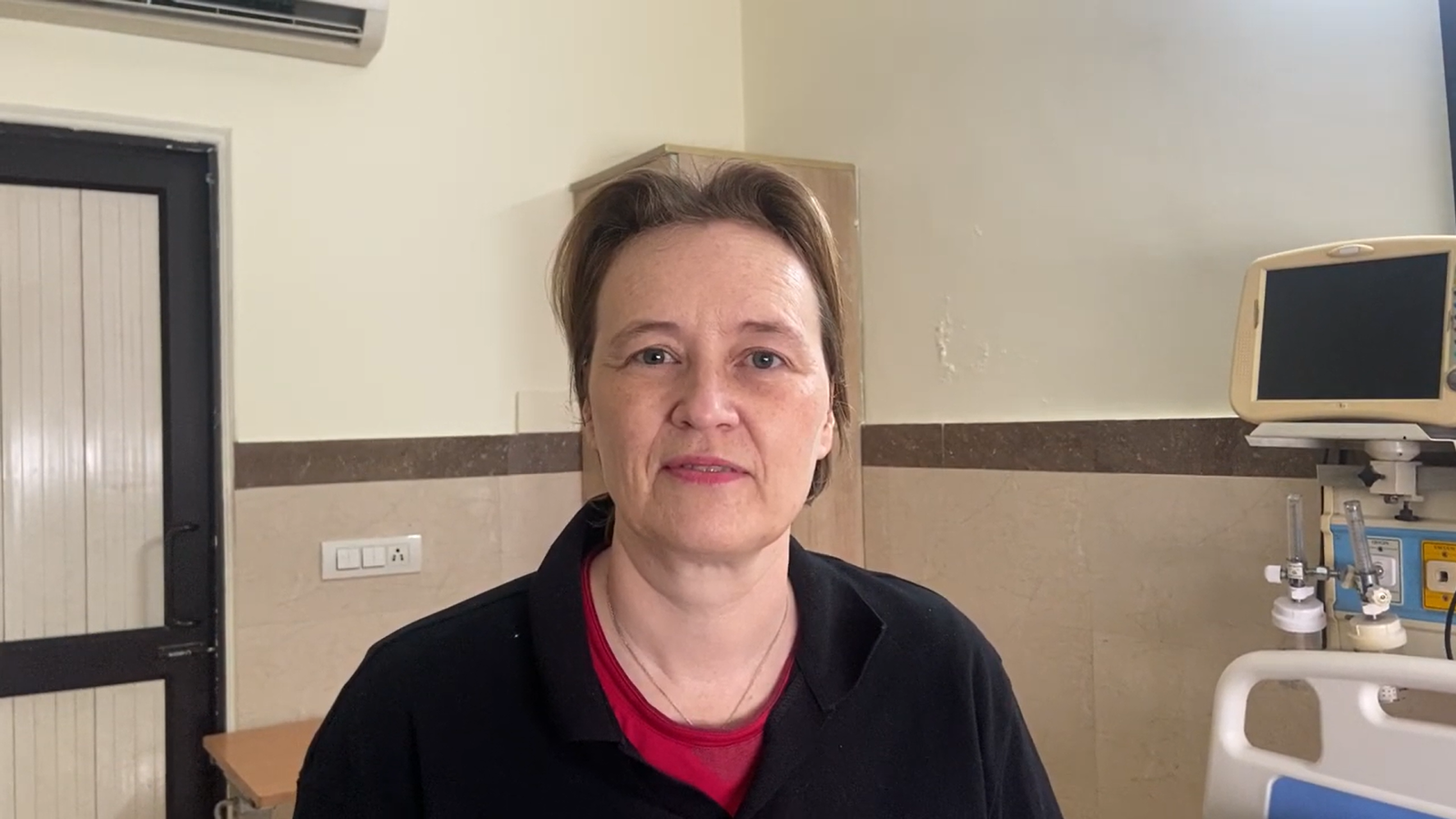Stem cell treatment, also known as regenerative medicine, involves the use of stem cells to repair, replace, or regenerate damaged tissues and organs. Stem cells are unique because they can develop into many different types of cells in the body, offering the potential to treat a wide range of diseases and injuries. They can differentiate into specialized cell types, such as muscle cells, nerve cells, or blood cells, and self-renew to produce more stem cells.
Stem cell treatments can involve the direct injection of stem cells into the damaged area, or the use of stem cells to grow new tissues in a lab, which are then transplanted into the patient. The goal is to leverage the natural regenerative capabilities of stem cells to restore function to damaged tissues.
Types of Stem Cells
Several types of stem cells are used in treatments, each with unique properties and potential applications. The main types include:
- Embryonic Stem Cells (ESCs)
- Adult Stem Cells (ASCs)
- Induced Pluripotent Stem Cells (iPSCs)
- Perinatal Stem Cells
1) Embryonic Stem Cells (ESCs)
Characteristics:
- Pluripotent: ESCs can differentiate into any cell type in the body.
- Source: Derived from early-stage embryos, typically from excess embryos created during in vitro fertilization (IVF) procedures.
- Potential: High potential for generating all cell types, offering possibilities for treating a wide range of diseases and injuries.
Applications:
- Research: Extensively used in research to understand early human development and disease mechanisms.
- Therapeutics: Potential for treating conditions like spinal cord injuries, diabetes, Parkinson’s disease, and heart disease. However, ethical concerns and the risk of immune rejection limit their current clinical use.
2) Adult Stem Cells (ASCs)
Characteristics:
- Multipotent: ASCs can differentiate into a limited number of cell types related to their tissue of origin.
- Source: Found in various tissues throughout the body, including bone marrow, fat tissue, and blood.
- Potential: Less versatile than ESCs but more readily accepted for therapeutic use due to fewer ethical issues and lower risk of immune rejection when using autologous cells (from the same patient).
Types and Applications:
- Hematopoietic Stem Cells (HSCs): Found in bone marrow and blood, these cells can form all types of blood cells. Used in treatments for blood disorders like leukemia and lymphoma.
- Mesenchymal Stem Cells (MSCs): Found in bone marrow, fat tissue, and other tissues. Can differentiate into bone, cartilage, muscle, and fat cells. Used in regenerative therapies for joint repair, bone regeneration, and treatment of inflammatory conditions.
- Neural Stem Cells: Found in the brain and spinal cord. Potential applications in treating neurological disorders such as Parkinson’s disease, multiple sclerosis, and spinal cord injuries.
3) Induced Pluripotent Stem Cells (iPSCs)
Characteristics:
- Pluripotent: Similar to ESCs, iPSCs can differentiate into any cell type.
- Source: Created by reprogramming adult somatic cells (such as skin cells) to an embryonic-like state by introducing specific genes.
- Potential: Combines the versatility of ESCs with the ethical acceptability of ASCs. iPSCs can be patient-specific, reducing the risk of immune rejection.
Applications:
- Disease Modeling: Used to create disease-specific cell lines for research, aiding in studying disease mechanisms and drug development.
- Regenerative Medicine: Potential for personalized cell therapies and tissue regeneration, including treatments for heart disease, diabetes, and neurological disorders.
- Drug Screening and Development: iPSCs are used to test the efficacy and safety of new drugs on human cells.
4) Perinatal Stem Cells
Characteristics:
- Pluripotent or Multipotent: Perinatal stem cells can differentiate into multiple cell types, but their exact potential can vary.
- Source: Derived from perinatal tissues, such as the placenta, umbilical cord blood, and amniotic fluid.
- Potential: Readily available and less ethically contentious compared to ESCs. They offer a promising source of stem cells for various therapies.
Types and Applications:
- Umbilical Cord Blood Stem Cells: Rich in HSCs, used for treating blood disorders and immune system deficiencies.
- Placental Stem Cells: Contain various types of stem cells with potential applications in regenerative medicine, including wound healing and organ repair.
- Amniotic Fluid Stem Cells: Can differentiate into multiple cell types, with potential applications in treating congenital anomalies and tissue repair.
Applications and Benefits of Stem Cell Treatment
Regenerative Medicine and Tissue Engineering: Stem cells can regenerate damaged tissues, offering potential treatments for conditions like heart disease, stroke, spinal cord injuries, and arthritis. In tissue engineering, stem cells are used to grow tissues and organs in the lab, which can then be transplanted into patients.
Cancer Treatment: Hematopoietic stem cell transplants (bone marrow transplants) are used to treat blood cancers such as leukemia and lymphoma. Research is ongoing into using stem cells to deliver targeted cancer therapies.
Neurological Disorders: Stem cell therapies are being explored for treating neurodegenerative diseases like Parkinson’s, Alzheimer’s, and multiple sclerosis. They hold the potential for repairing spinal cord injuries and restoring function in damaged neural tissues.
Autoimmune and Inflammatory Diseases: Mesenchymal stem cells have immunomodulatory properties that can help treat autoimmune diseases such as rheumatoid arthritis, Crohn’s disease, and lupus. They can reduce inflammation and promote tissue repair in conditions like chronic obstructive pulmonary disease (COPD) and inflammatory bowel disease (IBD).
Aesthetic and Anti-Aging Treatments: Stem cells are used in cosmetic procedures for skin rejuvenation, wrinkle reduction, and hair restoration. They promote collagen production and improve skin elasticity and texture.
Orthopedic Applications: Stem cells are used to treat joint injuries, osteoarthritis, and fractures by promoting cartilage and bone regeneration. They can accelerate the healing of tendon and ligament injuries.
Cardiovascular Diseases: Stem cell therapies are being developed to repair heart tissue damaged by myocardial infarction (heart attack) and to improve vascular regeneration in conditions like peripheral artery disease.
Wound Healing and Burns: Stem cells can enhance the healing of chronic wounds and burns by promoting tissue regeneration and reducing scarring.
Challenges and Future Directions
Ethical and Legal Issues: The use of embryonic stem cells raises ethical concerns due to the destruction of embryos. Regulatory frameworks vary across countries, affecting the research and application of these cells.
Technical and Scientific Challenges: Ensuring the safety and efficacy of stem cell treatments is crucial. Risks such as immune rejection, tumor formation, and uncontrolled differentiation need to be carefully managed. Standardizing protocols for stem cell isolation, culture, and transplantation is essential to ensure consistent and reproducible results.
Cost and Accessibility: Stem cell treatments can be expensive and may not be widely accessible to all patients. Efforts are needed to reduce costs and improve the availability of these therapies.
Ongoing Research: Continued research is essential to fully understand the mechanisms of stem cell differentiation and integration into host tissues. Developing new technologies, such as gene editing and tissue engineering, can enhance the potential of stem cell therapies.
Conclusion
Stem cell treatment represents a revolutionary approach in modern medicine, offering the potential to treat a wide range of diseases and injuries through the regeneration and repair of damaged tissues. With various types of stem cells available, each with unique properties and applications, the field of regenerative medicine continues to advance rapidly. While challenges remain, ongoing research and technological innovations are paving the way for more effective and accessible stem cell therapies, promising a brighter future for patients with currently untreatable conditions.





















